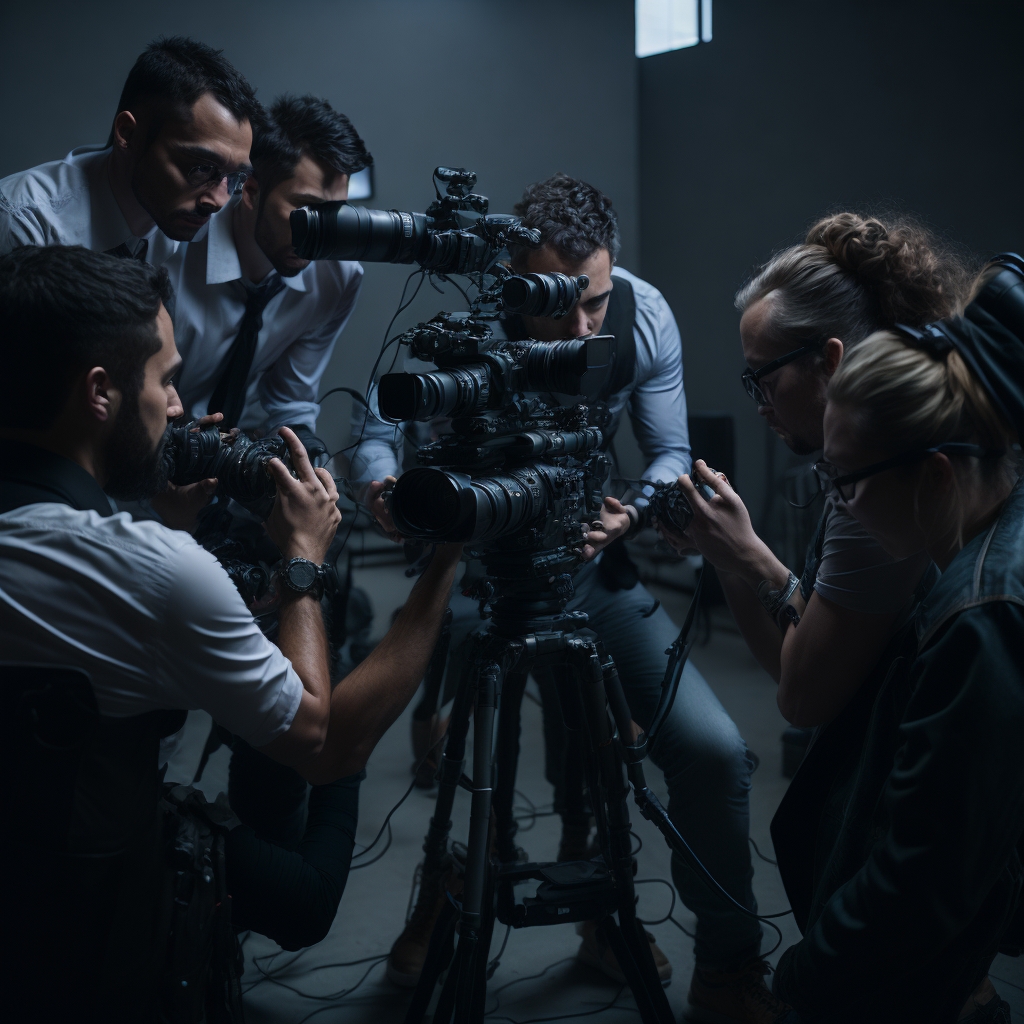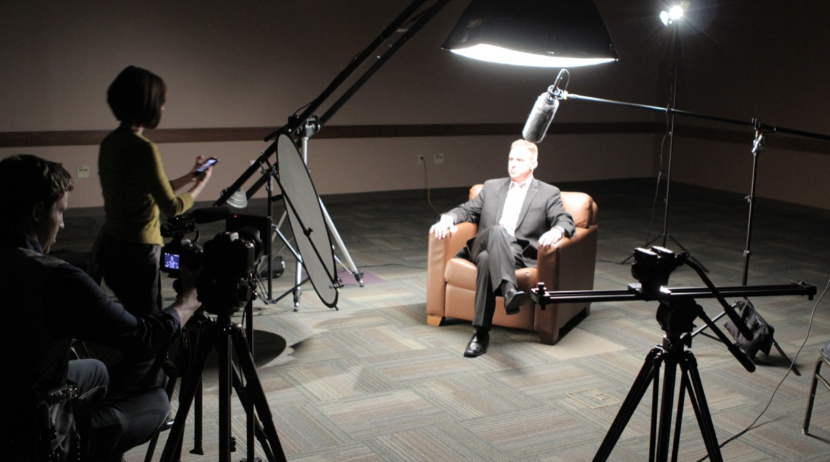Today, people perpetually use Instagram and social media and love the instant gratification they provide. For nonprofits, this means that to connect with their target audiences, they must quickly achieve with a video on their website’s home page what telethons formerly allotted hours and celebrity spokespeople to do. This is How Fundraisers Can Successfully Use Video
Video has traditionally been relegated to that gala centerpiece and staple, reinforcing good work, pulling at heart strings and opening wallets of a room full of loyalists. Well, it’s time to think outside the ballroom! With video’s reach eclipsing what conventional collateral can communicate, nonprofits must integrate video as a tactic in fundraising and marketing strategies.
Whether you need an organizational video to increase awareness about your mission, a fundraising video to garner contributions or a recruitment video to incite volunteerism, nonprofits of all sizes can leverage the power of video to tell their story and connect with viewers. A successful video will spark interest, evoke emotion, inspire sharing and prompt advocacy. iPhone footage posted to YouTube can be compelling and has its place, but for the nonprofit to fully utilize video as a platform to build credibility and a brand, here are some key things to consider:
How Fundraisers Can Successfully Use Video
Plan your video:
Map out what your video needs to accomplish for your organization and determine your audience. Is the objective to engage constituents—donors, members, alumni already versed and vested in your mission—to fortify and steward their commitment? Or will video serve as an introduction to your organization, provoking universal appeal and branding? Will the video be housed on your website and require evergreen messaging, or will it drive a campaign with a time-sensitive call to action?
Consider what the tone needs to be as it will communicate the personality, culture and resources of your organization. Would a service recipient or trustee testimonial best convey your message? Celebrity endorsement? Still photos and voiceover, or would animated statistics set to music be most persuasive? It’s important to answer these questions and define the vision and outcome objectives of your video before starting production.
Multi-task:
Gone are the days of sponsorship proposals in folders. Savvy nonprofits facilitate advocacy through social fundraising—enlisting constituents to create videos declaring support of the organization and soliciting donations from their individual networks.
Bridge that digital divide by sending video sponsorship kits on a thumb drive and give potential underwriters a dynamic visual expectation of the event and marketing exposure that printed proposals cannot achieve. Often, prospective donors occupy a table of ten and play in a foursome, but leave not knowing ‘the good cause’ for which they donned a tux or spent a day on the links. Don’t expect people to pick your brochure out of a goodie bag. Furnishing your organization’s video to a supporter who has organized a third-party fundraiser ensures accurate representation of your nonprofit. This is an excellent way to ensure you are controlling your organization’s message at gatherings that your staff has not had a part in planning.
Creating your video budget:
You don’t have to break the bank but you do need to recognize video production as an investment of time, talent and financial resources. Anticipate and incorporate it into the budget as this will be a marketing and development tool. Nonprofits always teeter between wanting communication pieces to look good without looking like you’ve spent a lot of money. Whether using a high-definition camera and Mac editing suite, a production company or ad agency, you will be most efficient and cost effective if you understand what goes into video pre-production and post-production.
Working with video “professionals” implies they have the capabilities; but be sure to ask how long they’ve been in the business. A more experienced production company will have greater knowledge of how to work with limited budgets. They typically also have more contacts and connections to stretch your budget even further.
Also, be sure there is “chemistry.” You want a professional to share your passion for the project or programs they will be bringing to life. Interview multiple firms and come up with questions to be sure you’re satisfied they “get it.” Ask how many rounds of revisions they will provide and what your role is in the editing process, and be sure they will adhere to any brand standards so you have complete confidence in the working relationship before making an investment.
Messaging and final touches:
Don’t talk about what you do. Show what you do, why you do it and the impact your organization makes. This is the beauty of video—it engages more senses to create an emotional bond to the wonderful things your nonprofit does. To use this medium as a jazzed up brochure is not a good investment. Save the list of services for your website. Convey the impact and accountability of the organization and avoid jargon, acronyms and other insider references. Speak to the viewer and address their emotional needs.
Carefully pick the music and narrator’s voice that will be the bed of the pictures and words. Think about the difference Morgan Freeman’s voice makes in a narration or what a score by John Williams does for a Spielberg epic. Set aside some funds for the right music bed and a professional voice talent. Be active in the selection process for both. You will realize a greater return on your video investment when you focus your attention on showing the impact, not telling, and connecting on an emotional level with your audience through just the right narrator and music.
Quality, not quantity:
Keep it short. Remember, you are not making a documentary. If it is too long, viewers will miss your call to action, statistics, contact information, etc. Production value adds appeal and credibility, and will ideally make people watch until credits roll. Remember that people will watch it online too, and attention spans are even more truncated in that medium. Keep the video to three to five minutes max.
Metrics:
What do you want the viewer to do upon watching your video? Whatever your call to action, make sure they can do so from wherever they are watching. Are you leaving them with a way to advocate: contact info, a website address, a response mechanism, or leading viewers to other content or sharing existing data? Incorporate measurable objectives. Have a distinct URL and activation code, and incorporate a drop-down that asks ‘How did you hear about…’ to track the effectiveness of this communications tool.
Shareable:
Let viewers serve as ambassadors. Post on multiple video-sharing sites. If YouTube is the gold standard, shorten the link and share it on your Facebook Page and Twitter. Optimize through tagging the video with key phrases: industry, video content, and cause. These annotation features allow constituents to endorse and further the conversation on your behalf. To that end, consider formats for screens of all sizes when producing and err on the scale of the smartphone. Mobile’s screen size is how a majority of recipients will view videos these days.
Click on the portfolio to see the video


















